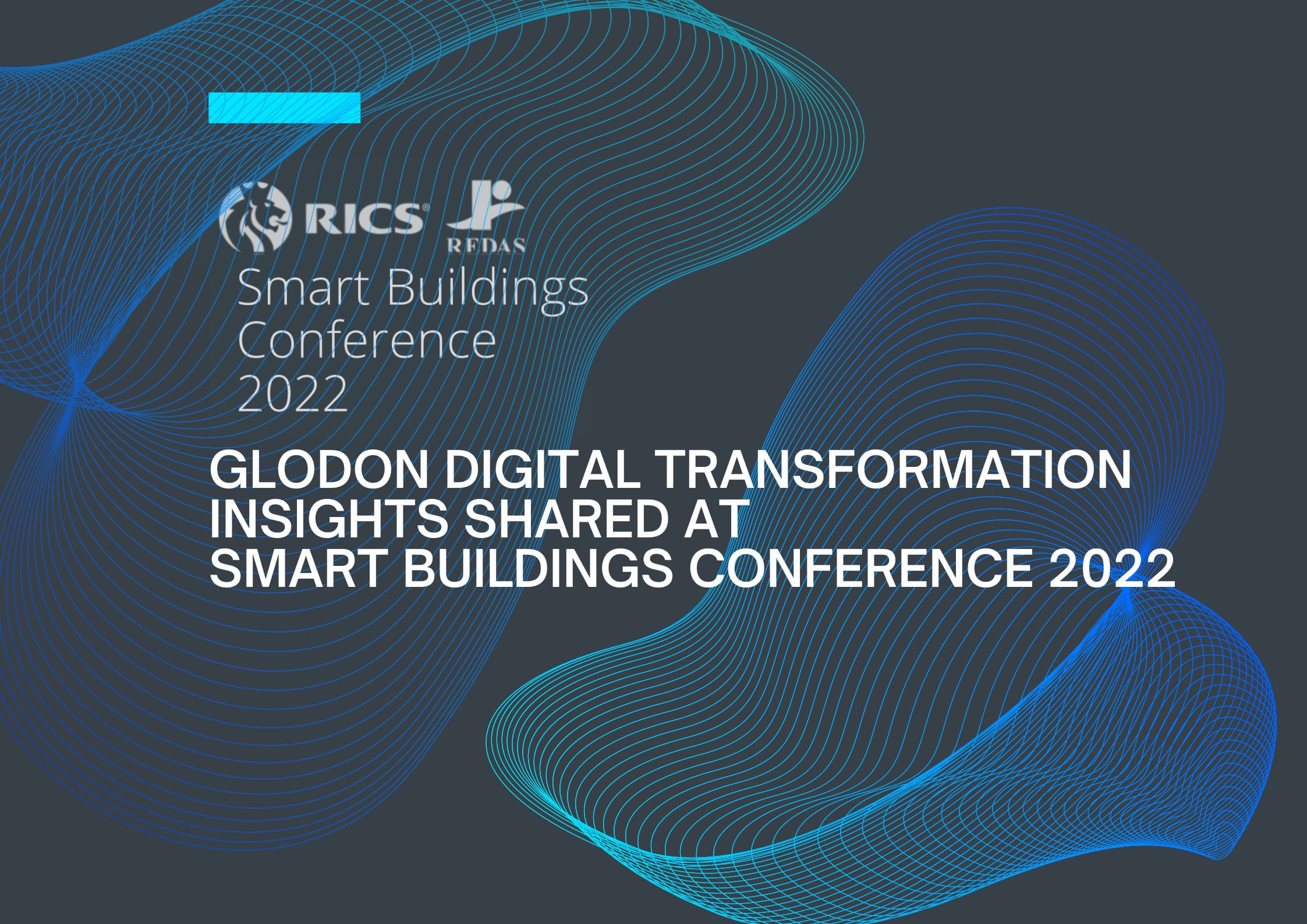Jul 04.2022
Roles of Project Professionals in Adopting Digital Twins during Design and Construction
When an asset owner seeks to develop the digital representation of the asset, it is essential to take into consideration the purpose that ultimately the digital twins will serve, e.g. a digital twin for construction site safety or a digital twin for enhancing the health and wellbeing of occupants of an office building. This purpose will dictate what type of data is important and needs to be collected, its frequency, the system it will be required to be connected to, and the industry standards required to store the data. The sophistication and accuracy of the digital information created will ultimately impact the business outcome; therefore, it is essential to understand key stakeholders and customer needs and address them appropriately.
So, capturing the requirements and deliverables of a digital twin initiative are essential. Alongside this, it is also necessary to understand the legal and regulatory implications and how data and information security, privacy, and accuracy can be ensured.
Project professionals, including construction managers, cost managers, and quantity surveyors, play a critical role for the creation and use of digital twins for both existing and new assets, with the opportunity, and responsibility, to be the creator and steward of data and be at the foundation of their asset owners' digital twin journey.
Making a Business Case for Digital Twins
?
Digital twins require resources, effort, and investment in the pre-project, project and use phases. As such, adopting and implementing a digital twin on a project would require careful analysis and decision-making. Project teams can assist (and work with specialist consultants) in this analysis and decision-making process, carefully tying the analysis to the outcomes and benefits of the digital twin.
If a decision is made to proceed with the use of a digital twin, project team members can help build a detailed business case and a detailed implementation plan, including the procurement and delivery plan of the twin. Numerous resources are now available to conduct the analysis, make a go or no-go decision, and then take the remaining steps (e.g. the Digital Twin Toolkit by CDBB, Digital Twin Navigator for NHSScotland, IET Digital Twin report, DTC's maturity levels).?

Figure 1: Need assessment of digital twins
Participating in the Information
Management Process
Construction managers, cost managers and quantity surveyors can play a leading or supporting role in the information management process. Successful creation, deployment, use, and updating of a digital twin depend on a sound information management process. Numerous information management protocols are already in place as part of the BIM adoption and implementation journey. These can be used to establish data and information models, specific data and information flow, roles and responsibilities, collection and dissemination work practices, and related standards in conjunction with BIM and CDE. Project professionals can guide the project team in establishing information exchange processes, enabling information integration, and coordination and collaboration of the team for sharing, updating, and securing data and information in a digital twin.
Understanding the Legal and Regulatory Issues
Since digital twins act as a central repository of static and dynamic data and information, some legal and regulatory issues must be considered.
The data captured with a digital twin includes as-designed, as-planned, as-built and performance data. These data sets are dynamically merged. A golden thread connects and tracks this data and information over the life cycle of the object or asset.
Thus, a highly advanced form of digital twin can be seen as a live document held digitally with "fingerprints" (e.g. using blockchain technology for highly complex interconnected and inter-operable digital twins) of people recording their decisions about the asset's design, construction and use.
While, on the one hand, this provides an accurate and updated record of asset data, it does bring some unique legal and regulatory issues to the forefront. The legal environment for digital twins is impacted first and foremost by data ownership issues.
This will have to be addressed contractually, keeping in mind the extended period the data may stay live in a digital twin. The contracts will have to address confidential data and information issues and shared ownership in cases where a complex system within a digital twin combines data and information from individual objects provided by different team members.
As digital twins break down silos and enhance collaboration, the issue of data sharing and accuracy will also have to be contractually resolved. Given the complex nature of the digital twin, the whole area of disputes and liability will take on a new meaning and need a reassessment.
On the one hand, a digital twin, with the help of a golden thread, can determine when, how and which party decided regarding an issue under consideration; it may be very complex to ascertain causal linkages to the source of the problem.
Digital twins also pose security and privacy challenges. With both static and dynamic data and information about the performance of an asset stored in one repository, it is vital to consider data privacy and security in a robust manner.
It is important to consider how to keep the data and information safe and private, and protect against breaches of the twin itself. This is a risk that the project team must holistically address. It is essential to protect the virtual representation, the physical asset, and the synchronisation mechanisms between the two. At the same time, data and information stored in a digital twin must also comply with privacy regulations and be protected against illegal access. Appropriate security and privacy arrangements must be addressed upfront as the digital twin is created.
This article is part of the RICS
research paper in collaboration with Glodon, Digital Twins from Design to
Handover of Constructed Assets, which examines the current state and future
potential of digital twins across the built environment. RICS is the world's
leading professional body for promoting and enforcing professional standards in
the development and management of land, real estate, construction and
infrastructure. To know more findings of study,
click
here to download the full paper.













